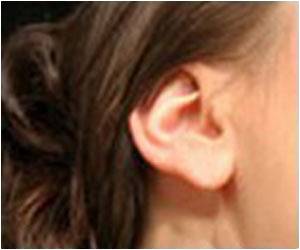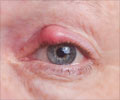Expert sign language users fix their gaze on the face and use their peripheral vision for catching the finer details of moving hands. Those who are just introduced to sign language, have a more scattered gaze because they tend to look more at the hand movements.

‘Highly fluent sign language users, kept their gaze fixed on the face while sign watching, and perceive the signers' hand movement using peripheral vision.’
Read More..




The study shows the difference between eye gaze behaviors in novice and fluent signers. Gaze behaviors indicate the degree of cognitive effort and knowledge in sign language users. Gaze behaviors are affected by the user's language expertise and intelligibility of sign input.Read More..
Researchers recorded gaze behaviors in 52 deaf and hearing adults while they watched signed narratives to assess gaze behavior.
It was observed that highly fluent signers primarily fixed their gaze on the face and used peripheral vision to perceive the moving hands. The participants then showed videos of signed stories played backward.
Those who scored lower on measures of story comprehension had a very different gaze pattern. Fluent signers tend to focus strongly on the face when sign watching, even for low intelligibility conditions.
Gaze behavior is more scattered and not fixed for people who are recent into sign language use. This scatter is more for low-intelligibility conditions, probably because observers are looking directly at the moving hands. "This fits with what we know about research that shows that signers have very good peripheral vision, especially from the lower visual field. Expert signers look at the face and utilize their peripheral vision for catching the fine details of moving handshapes," Bosworth said.
Advertisement
Source-Medindia














